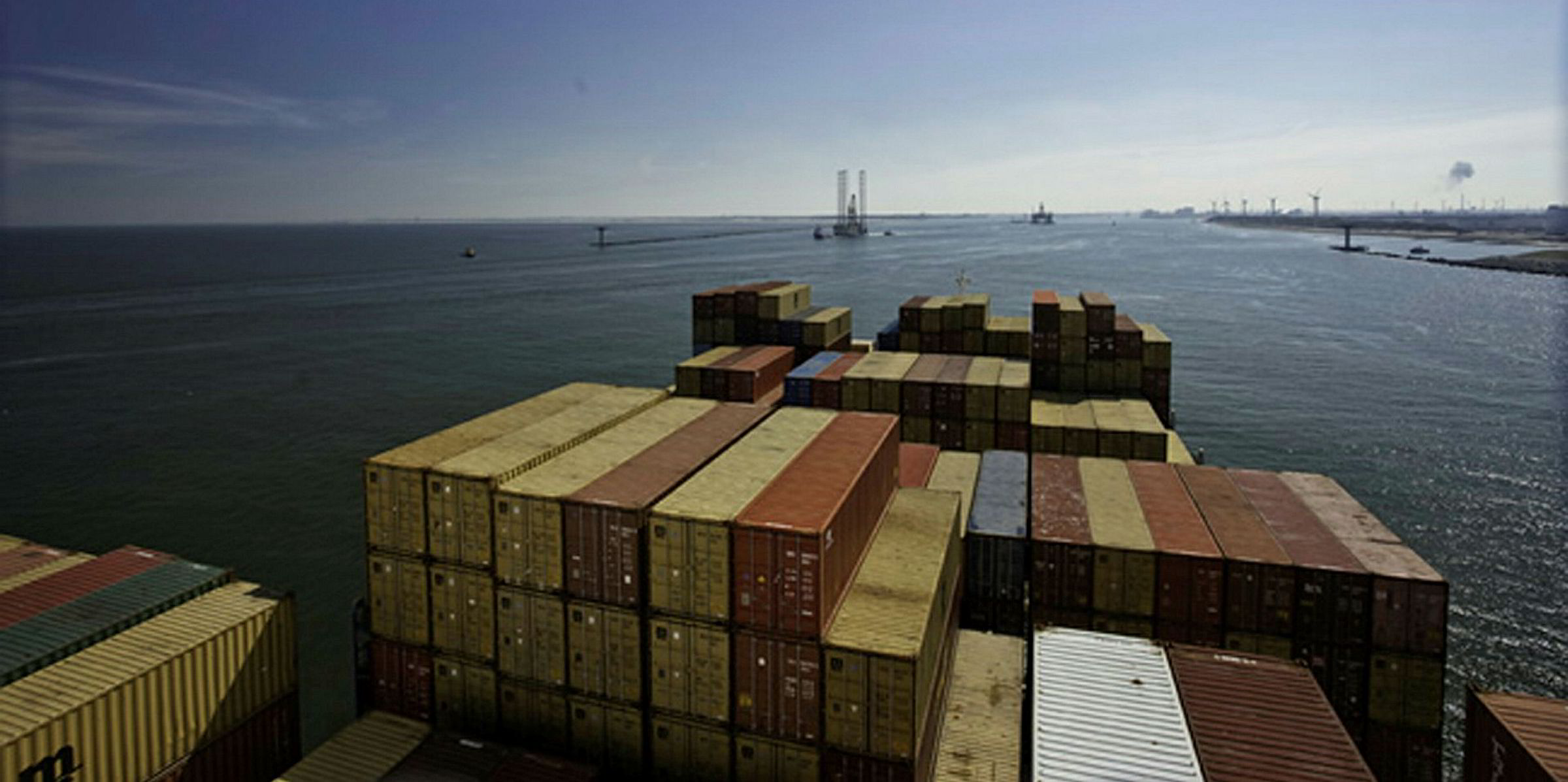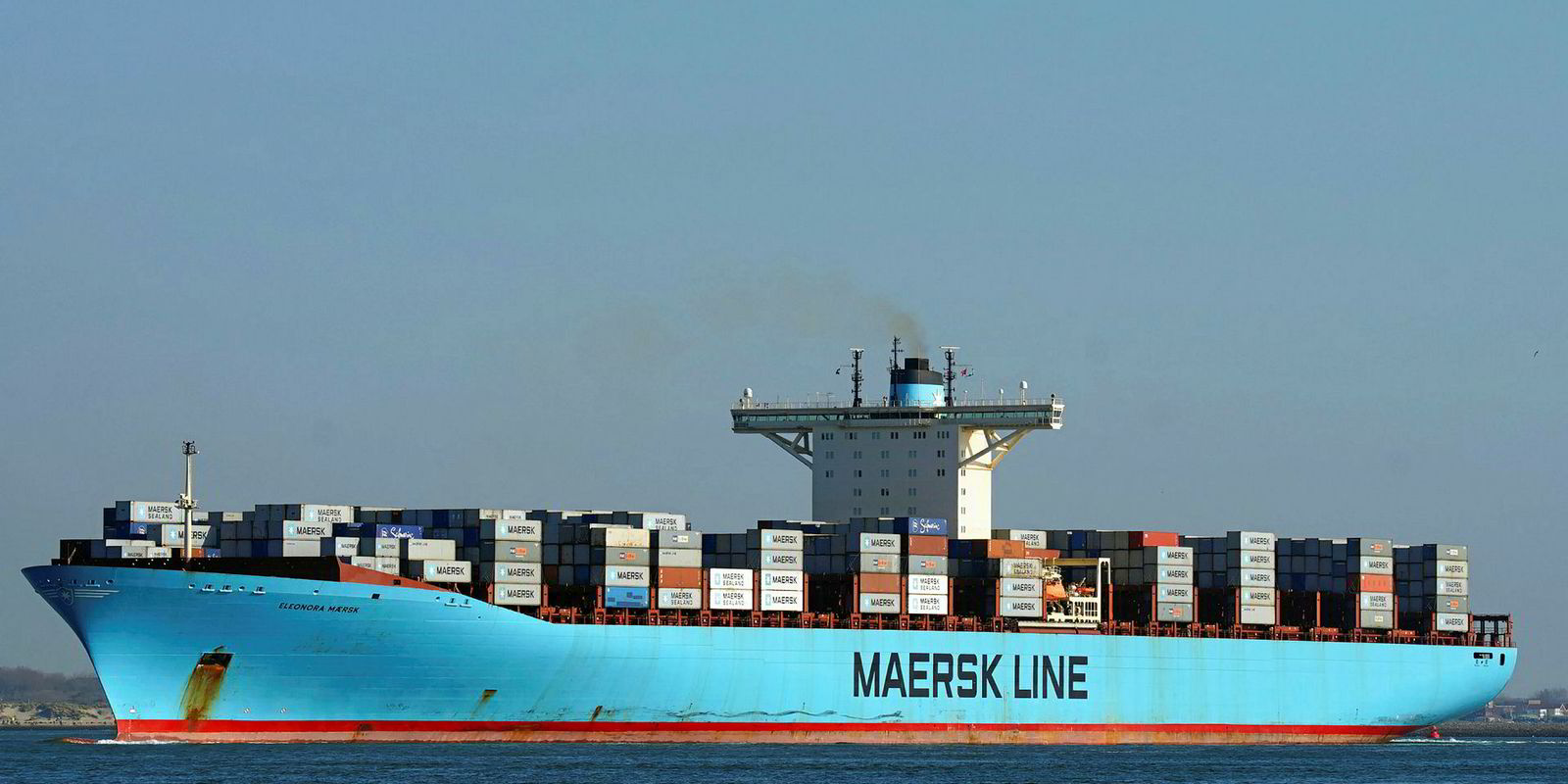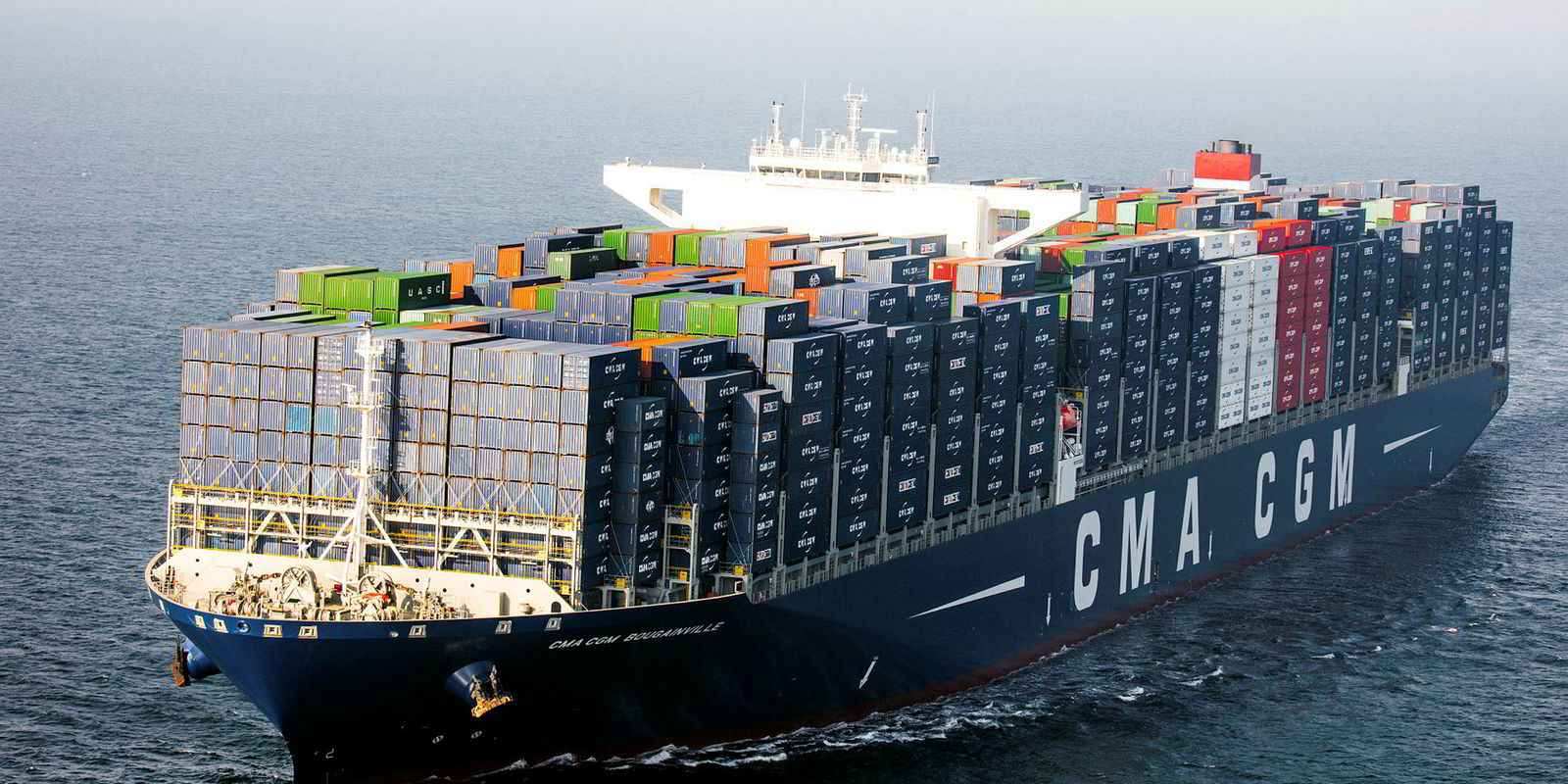Containership activity from Asia to North Europe is finally trending upwards, according to shipping consultancy Drewry.
But rate gains have so far been minimal for lines, it added.
"For the first time this year, the headhaul Asia to North Europe container trade in October was able to string together two consecutive months with positive year-on-year growth," it said in a weekly update.
Westbound demand increased by 7.8% in September, followed by a 5.4% rise in October, according to data derived from CTS.
"The most recent figures are putting on some gloss to what has otherwise been a very depressing year for Asia-Europe carriers," Drewry added.
"After 10 months of the year the westbound trade was up by just 1.2% to approximately 8.3 million teu and the late-year rally could well see it approach Drewry’s annual forecast rate of 2.1% made three months ago."
More boxes into the Netherlands
Growth in the Netherlands, Poland and Germany has been decisive, adding an extra 63,000 teu to the Asia-North Europe pot in September and October.
On the supply side, westbound slots were broadly kept in check at the same level as last year in October and November, primarily as a consequence of 2M’s temporary suspension of the AE2/Swan service and a raft of missed sailings around China’s Golden Week holidays, the consultancy added.
But, with 2M bringing the loop back in early December, trade capacity will likely return to similar mid-year heights.
And average westbound utilisation remained below 90%, Drewry said.
This is a position from which it is traditionally difficult to raise spot rates, it added.
Average spot levels from Shanghai to Rotterdam were close to $1,500 per feu last week, 12% up on the same week in 2017 but still some way down from the late-August peak.
Drewry said: "We expect spot rates to remain stable through to the end of year as the injection of capacity should be covered by greater demand.
"From what we hear carriers are looking for a small rise in contract rates for next year, but are more intent on convincing the market of the need to share the fuel burden arising from the IMO 2020 rules."





